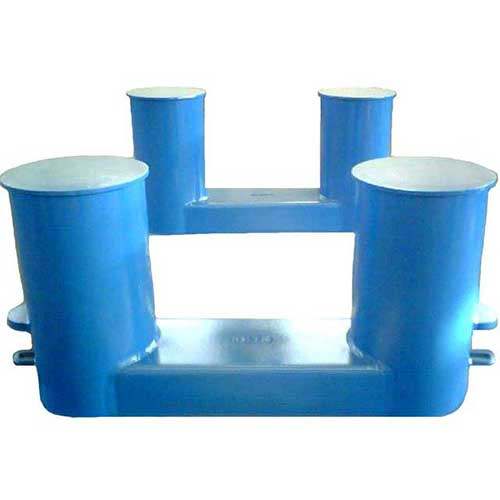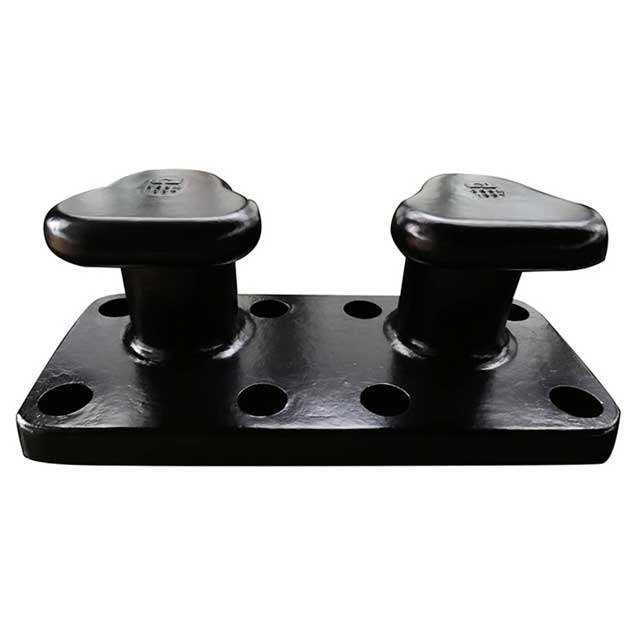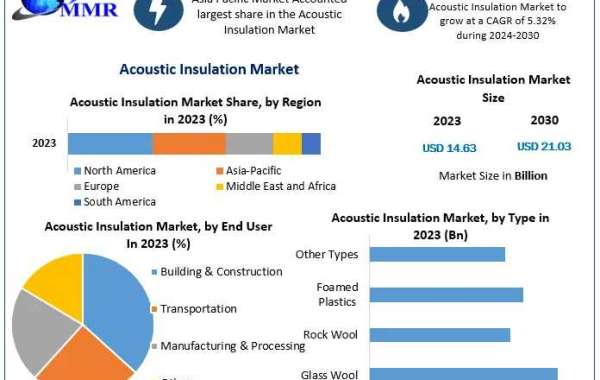A marine mooring bollard is a sturdy, vertically placed post or structure used in maritime contexts to attach vessels to docks, piers, or other marine constructions.
Types of Marine Mooring Bollard
These are some of the most commonly used marine mooring bollards in maritime environments. Variables such as vessel size, load capacity, mooring arrangement, and environmental circumstances all influence the appropriate type of bollard, which should be chosen after careful study of the mooring operation and the marine structure.
Single Bollard
The most basic type of marine mooring bollard is a single vertically mounted post or structure. It usually has one or more horns or studs for attaching mooring lines.
Double Bollard
A double bitt bollard is made up of two vertically fastened posts or structures that are stacked one on top of the other. It provides more power and stability than a single bollard and is commonly employed for larger vessels or in areas with higher weights or stresses.

T-Head Bollard
A horizontal bar or beam connects two vertical supports to make a T-head bollard. It includes several mooring line attachment points, allowing ships greater mooring versatility.

Kidney Bollard
A kidney dock bollard is an oval or kidney-shaped bollard with a smooth base and a curved top. It provides a larger surface area for mooring lines, which allows stresses to be distributed more uniformly and reduces the chance of mooring line or rope damage.

Pillar Bollard
A pillar bollard is a larger, more substantial type of maritime mooring bollard that is used for heavy-duty mooring or in locations prone to significant weights or stresses. When compared to other types of bollards, it is often larger, more robust, and has a higher weight capacity.
Camberhead Bollard
A camberhead bollard has a curved or sloped top surface that helps to lessen the angle of the mooring line, allowing for better alignment and lowering the chance of chafing or damage to the mooring line.
Components Of Marine Mooring Bollard
Body
The body of the bollard is the principal vertical post or structure that provides the strength and stability required to hold the mooring lines. To withstand the weights and forces placed on it, it is typically made of high-strength materials such as steel or ductile iron.
Base Plate
The base plate is the bottom section of the bollard that is bolted or welded to the pier or dock. It provides support for the bollard and distributes loads to the supporting framework.
Horns
Horns are protrusions or arms connected to the body of the bollard that serve as additional mooring line connection points. They are often found at the top of the bollard and come in a variety of designs, such as T-shaped or U-shaped, to accommodate different mooring lines and arrangements.
Bolts or Welds
Bolts or welds secure the bollard to the base plate or supporting framework. They are typically made of high-strength materials to withstand the stresses and forces delivered to the bollard during mooring operations.
Lifting Lugs
Lifting Lugs are used to raise and lower the bollard into position. They are normally located on the bollard's top or sides and are designed to accommodate lifting equipment such as cranes or hoists.
Finish
To protect the bollard from corrosion and environmental degradation, surface treatments such as painting, galvanizing, or powder coating may be utilized.
Bollard Cap
Some bollards may have a cap on top to protect them from the elements and to improve their appearance.
Load Rating Plate
A load rating plate can be attached to a bollard to indicate its safe working load or maximum load capacity, which can aid in the safe mooring of the bollard.

Installation of Marine Mooring Bollard
Site Preparation
The installation site should be prepared in accordance with the manufacturer's instructions and applicable local laws. Cleaning the surface of the foundation or base plate for the bollard, ensuring it is level and clear of debris, and ensuring that it is structurally sound enough to sustain the bollard and the projected loads are all examples of what this entails.
Positioning and Alignment
The mooring bollard must be correctly positioned and aligned on the base plate or in the installation site provided. The alignment should be extensively examined with a level or other relevant instruments to ensure that the bollard is upright and suitably orientated for the planned mooring direction.
Securing the Bollard
The maritime bollard should be securely fastened to the base plate or supporting structure with appropriate bolts or welds once it has been properly positioned. The fasteners should be tightened according to the manufacturer's recommendations to ensure proper connection and stability of the bollard.
Lifting and Handling
If necessary, the bollard can be lifted and placed using appropriate lifting equipment, such as cranes or hoists, and procedures. Lifting lugs or other clearly defined lifting points on the bollard should be used to avoid damage to the bollard or injury to personnel.
Testing and Inspection
After installation, the bollard should be extensively inspected to ensure that it is correctly installed, aligned, and fastened. Load testing may also be performed to check the bollard's load-carrying capacity and compliance with applicable standards and regulations.
Finishing and Protection
Surface treatments like metal painting, galvanizing, or powder coating can be used to protect the bollard from corrosion and environmental damage. Drainage or weep holes should be inspected and, if necessary, cleared to ensure proper water drainage.
Documentation proper documentation of the bollard placement should be retained for reference and future inspections, including records of inspections, load testing results, and any necessary certificates.













